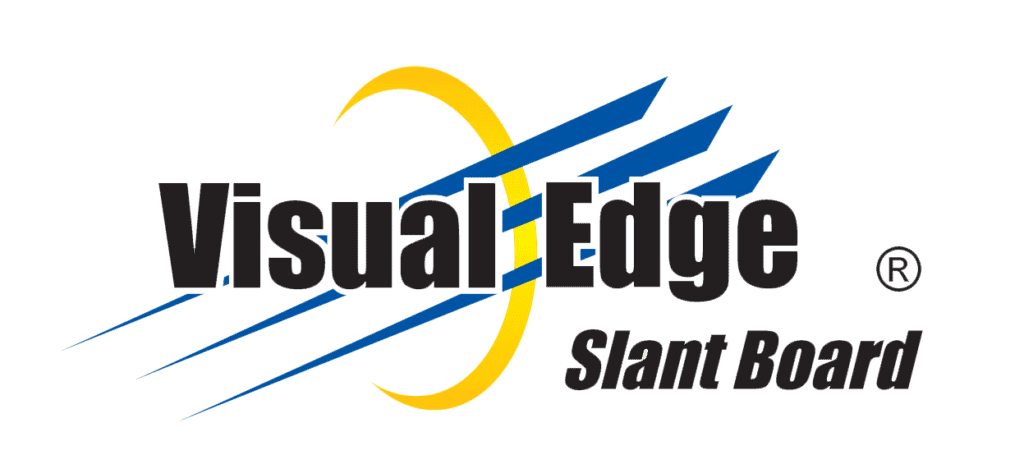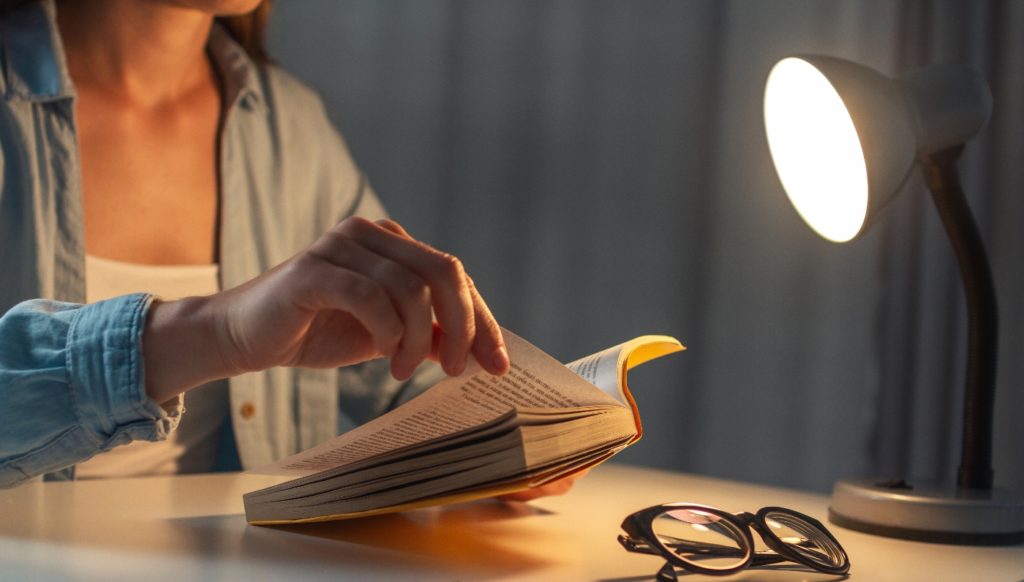Learning, Reading, Vision Processing
How Does Lighting Affect Learning?
Focus
According to a 1999 University of Georgia study on academic achievement in children, lighting was shown to be a major factor in the brain’s ability to focus. Students that attended class in brightly lit rooms received higher grades than students in dim rooms. The study reports that poor lighting does not cause damage to eyes, but can reduce how effectively the brain collects information. If the pattern of learning in poor lighting continues over time, the brain can become slower at absorbing new information.
Visual Clarity
Dim lighting can negatively affect learning by making it more difficult to clearly see words when reading new information. The University of Georgia study reported that poor lighting affects a student’s ability to read accurately on a paper or chalkboard. This can cause wrong information to enter the brain or affect new information being stored.
Psychological
Lighting is also a factor in psychological health when a person is in one room for the majority of the day. According to the University of Georgia study, bright light has been used as a depression treatment; conversely, spending a significant amount of time in a dimly lit room can negatively alter mood. A person suffering from depression has difficulty concentrating or completing tasks. If a person’s learning environment is dimly lit and ends up affecting his psychological well-being, the ability to learn will be negatively affected.
Off Task Behavior
A 1995 study that Dr. Ellen Mannel Grangaard presented at the Association for
Childhood Education International Study Conference and Exhibition found that
fluorescent light contributed to off task behavior, such as daydreaming, playing with objects instead of listening, and talking to others during a lesson. Students whose learning environment had a softer, more natural lighting had an easier time staying on task and not becoming distracted. The University of Georgia study supports Dr. Grangaard’s findings. It found that fluorescent lights can make hyperactivity behavior more severe and prevent learning at the fullest extent.
Best Lighting
Both studies were in agreement that the best lighting type for maximum productivity and learning is as natural and soft as possible, while still being bright enough to see clearly. Lighting that is too dim can cause difficulties in learning, like affecting brain focus and visual clarity when reading. It also can lower psychological well-being over time. Conversely, lighting that is overly bright and fluorescent was shown to contribute to off task behavior and making hyperactive behavior worse.
By Allison Boelcke

